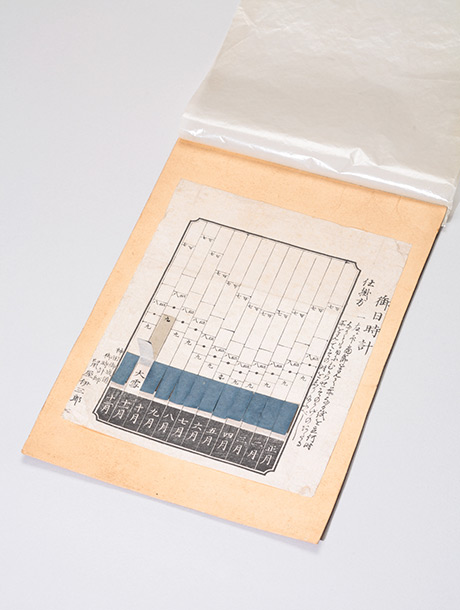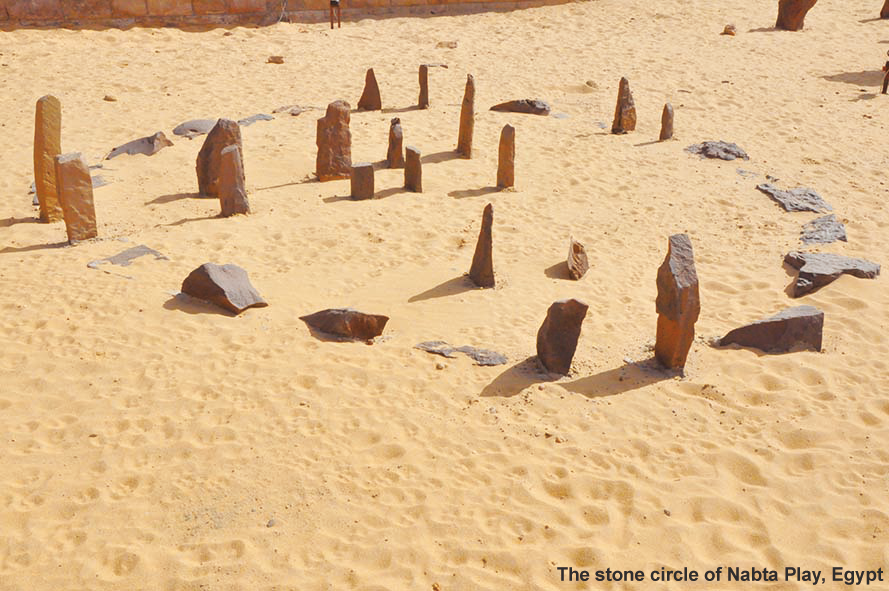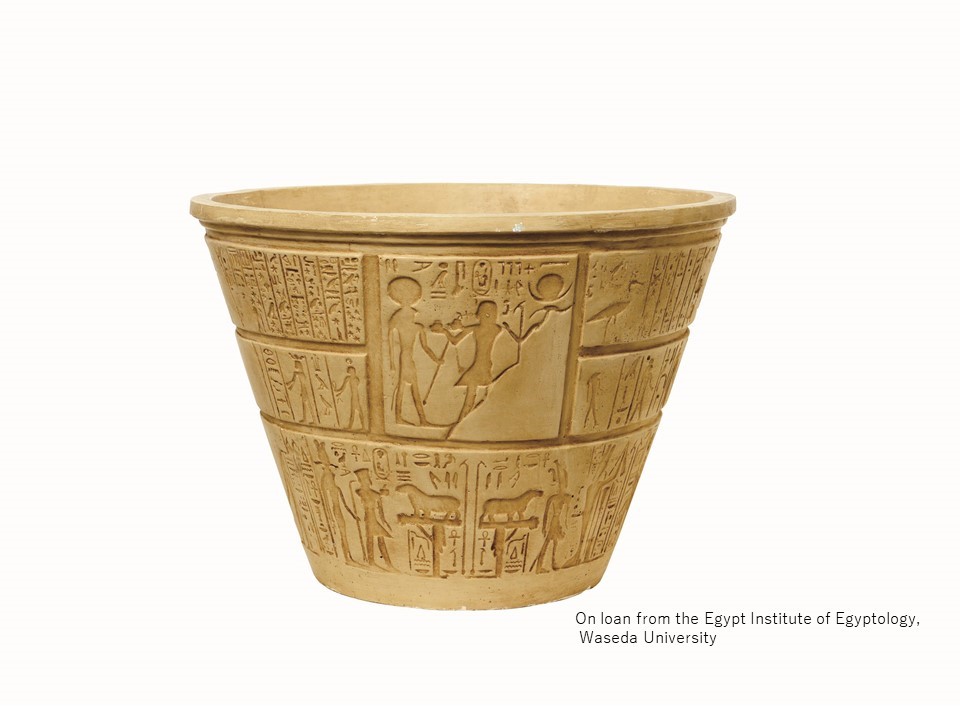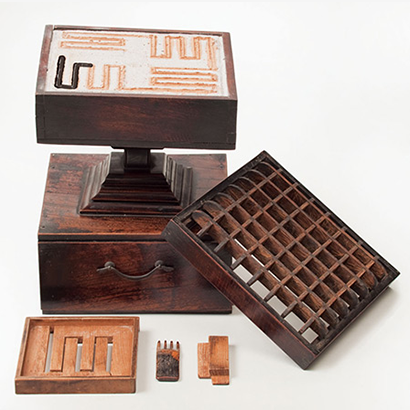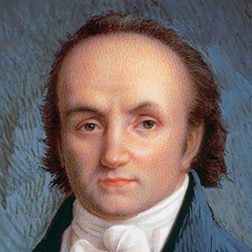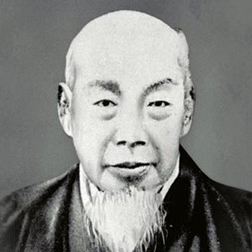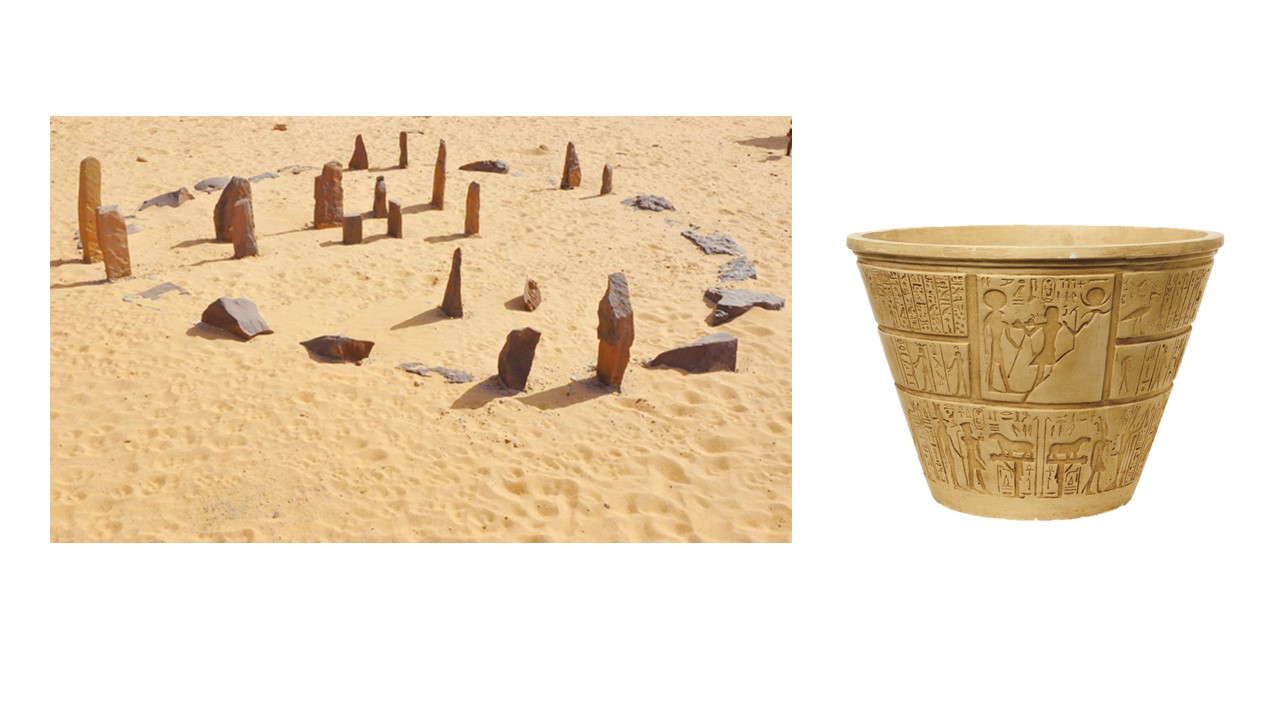In the latter half of the Edo period, paper sundials were widely used as a convenient way to tell the time in areas where people were unable to hear the ringing of bells to indicate the time of day. A tab representing the current season would be folded up at a right angle and directed toward the sun, and the time could then be measured by the length of the shadow cast on the sundial. Because the length of a day varies from region to region, guide maps in the Edo period were accompanied by sundials designed for the particular region.
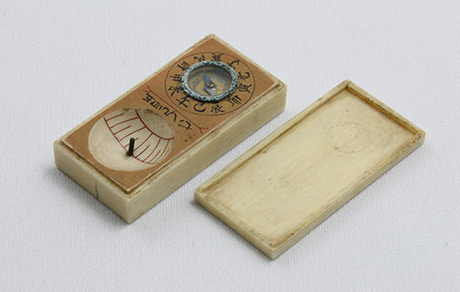
People also used compact, easy-to-carry portable sundials.
Using a compass built into the sundial to point it toward the north, the time could be read from the position of the shadow cast on a concave, hemispherical dial. Most portable sundials of the Edo period included a compass, and they were characteristically easy to use.


